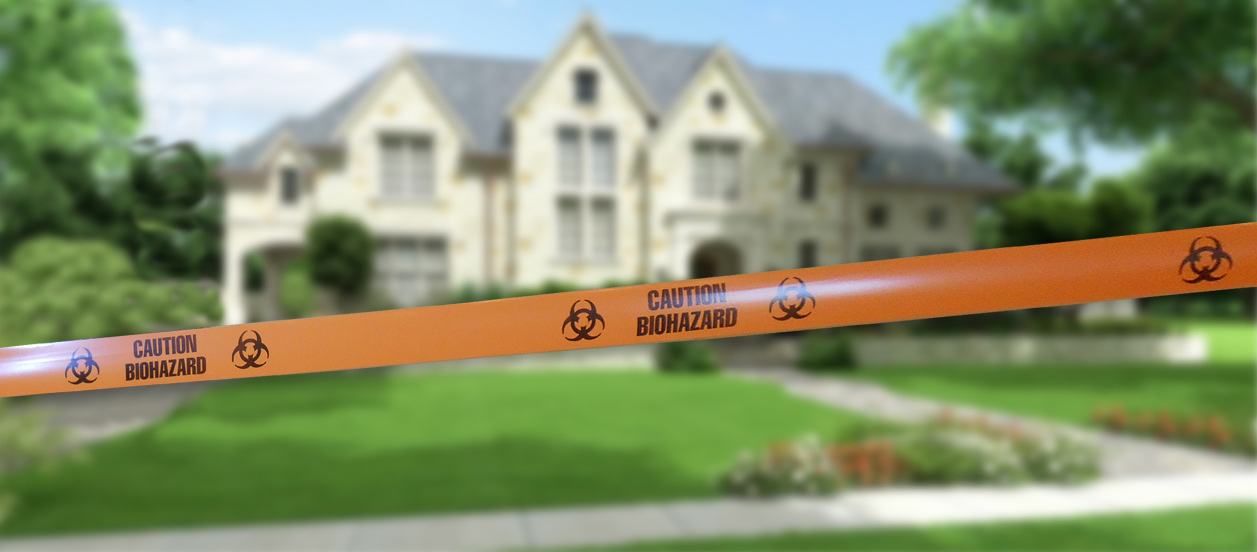Cleaning Your Home: Top 5 Things to Disinfect Following the Flu

What do you disinfect following the flu? Where do you begin? When someone in your family is sick, do you scrub everything in sight and toss anything that can be washed straight into the washer? Experts say not so fast. It may be more beneficial to spend serious time cleaning those surfaces where germs and viruses are most likely to be passed. And how you clean is just as important as what you clean. Read on to learn what to clean, as well as how to get the job done right.
Top 5 Things to Disinfect
- Electronics, like your cellphone and remote control, are germ central: These are some of the dirtiest and most frequently used items in your home. According to an article on LiveScience.com: “Cellphones carry 10 times more bacteria than most toilet seats, so it shouldn’t be surprising that a man in Uganda reportedly contracted Ebola after stealing one.” Furthermore, if you’re feeling ill, it’s highly likely you’ll try and take it easy by vegging on the couch and watching TV – or playing games on your phone. It’s also likely that you hold your phone to your face when making a phone call – and the easiest ways for germs to get to your body is through your nose or mouth.
- Everyone goes to the bathroom: If someone has the cold or flu, chances are they’re being extra cautious about washing their hands. However, each time they touch something – whether it’s the sink, counter, or doorknob – those germs are passed on. To solve this problem, clean the bathroom frequently, and use separate disposable towels for each surface to avoid recontamination. Also make sure that the sick person has their own hand towel.
- Kitchen tables, lamp tables, bedside tables: There are surfaces in your home that you touch constantly without a second thought. If you’re setting down a drink, a book, or your phone, chances are you’ve put it on the table. Now everything on that surface transfers to the next. Cut back on germs by cleaning these spots often.
- Computers: Not only are these some of the most commonly used items in the home, they are also notoriously tough to clean, which is why we rarely do it. Double check manufacturer’s instructions, but keep in mind that most keyboards or screens can be cleansed and disinfected with an alcohol wipe or a paper towel sprayed with disinfectant.
- Sheets, blankets, towels: The most obvious thing on your cleaning list should be those items that come in contact with your body the most. If you’re doing a load of laundry for an ill person, place all the items in a laundry basket, then wash your hands after handling them. Use the hottest water you can, and select a good detergent. Stuffed animals that are washer safe can also be cleaned.
 877-872-4339
877-872-4339  Contact Us
Contact Us 






